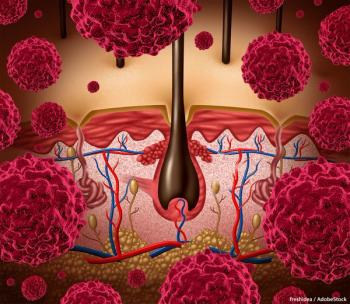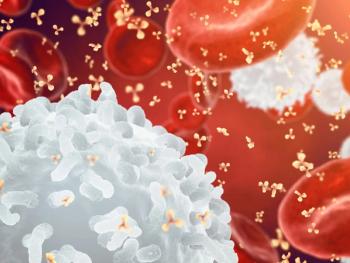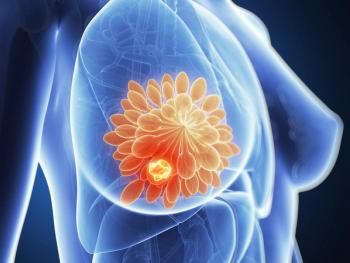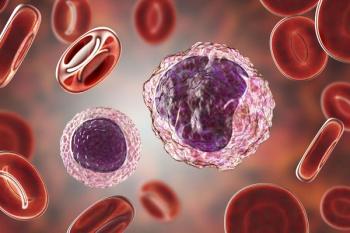
Miami Breast Cancer Conference® Abstracts Supplement
- 42nd Annual Miami Breast Cancer Conference® - Abstracts
- Volume 39
- Issue 4
- Pages: 73
9 Body Mass Index, Cancer Risk Behaviors, and Readiness for Dietary Change Among Women Surviving With Breast Cancer
Background/Significance
Breast cancer survivors are at increased risk of recurrence and poorer outcomes if they are overweight (body mass index [BMI], 25-29.9) or obese (BMI, 30+) compared with those with a healthy weight; nutrition counseling is a key component of their secondary prevention and supportive care. The Stages of Change continuum, part of the Transtheoretical Model, conceptualizes dietary behavior change as a progression from not yet considering change (Precontemplation) to sustained change (Maintenance). We studied breast cancer survivors readiness to change their diet, along with other cancer risk behaviors, in relationship to BMI.
Materials and Methods
A secondary data analysis was conducted among 936 breast cancer survivors who contacted a community-based cancer control organization for information and support services during and after cancer treatment. Data (demographics, cancer prevention awareness, BMI, tobacco and alcohol use, physical activity) were collected 30 days later, including breast cancer survivor dietary stages of change.
Results
Among breast cancer survivors, 37% were ≤ 45 years of age, 18.3% were non-White, 22.3% rated their general health as fair or poor, and 46.9% carried a pathogenic variant in BRCA. The mean (SD) BMI was 27.1 (6.4), and 56.1% were overweight/obese. Among the risk behaviors assessed, 27.9% of breast cancer survivors were current or former tobacco users, 33.5% had consumed 2+ drinks containing alcohol in the past 30 days (16.5% consumed 4+ alcohol drinks in 1 sitting), and 30% were not physically active: a majority were aware of cancer prevention guidelines for alcohol (92.7%), physical activity (95%), and nutrition (92.7%). Regarding the Transtheoretical Model’s Stages of Change, Maintenance consistently had the largest percentage across all dietary behaviors: avoiding red meat (65.6%) and increasing fiber consumption (63.6%) showed the highest maintenance. The Preparation and Action stages varied, with the highest proportion (29.8%) increasing fruit/vegetable consumption. The Precontemplation and Contemplation stages were relatively low for all behaviors (<20%). In bivariate analyses, breast cancer survivors who were overweight/obese (t = -4.23, df = 728, P <.001), and engaged in less physical activity (t = 6.8, df = 781, P <.001), reported less dietary change readiness.
Conclusion
Effective dietary interventions may depend on breast cancer survivors readiness for change (eg, raising awareness for those in Precontemplation). The Transtheoretical Model can help tailor behavior change strategies to enhance breast cancer survivor motivation, especially for overweight/obese and less physically active breast cancer survivors at the greatest risk for recurrence.
Articles in this issue
Newsletter
Stay up to date on recent advances in the multidisciplinary approach to cancer.































































































